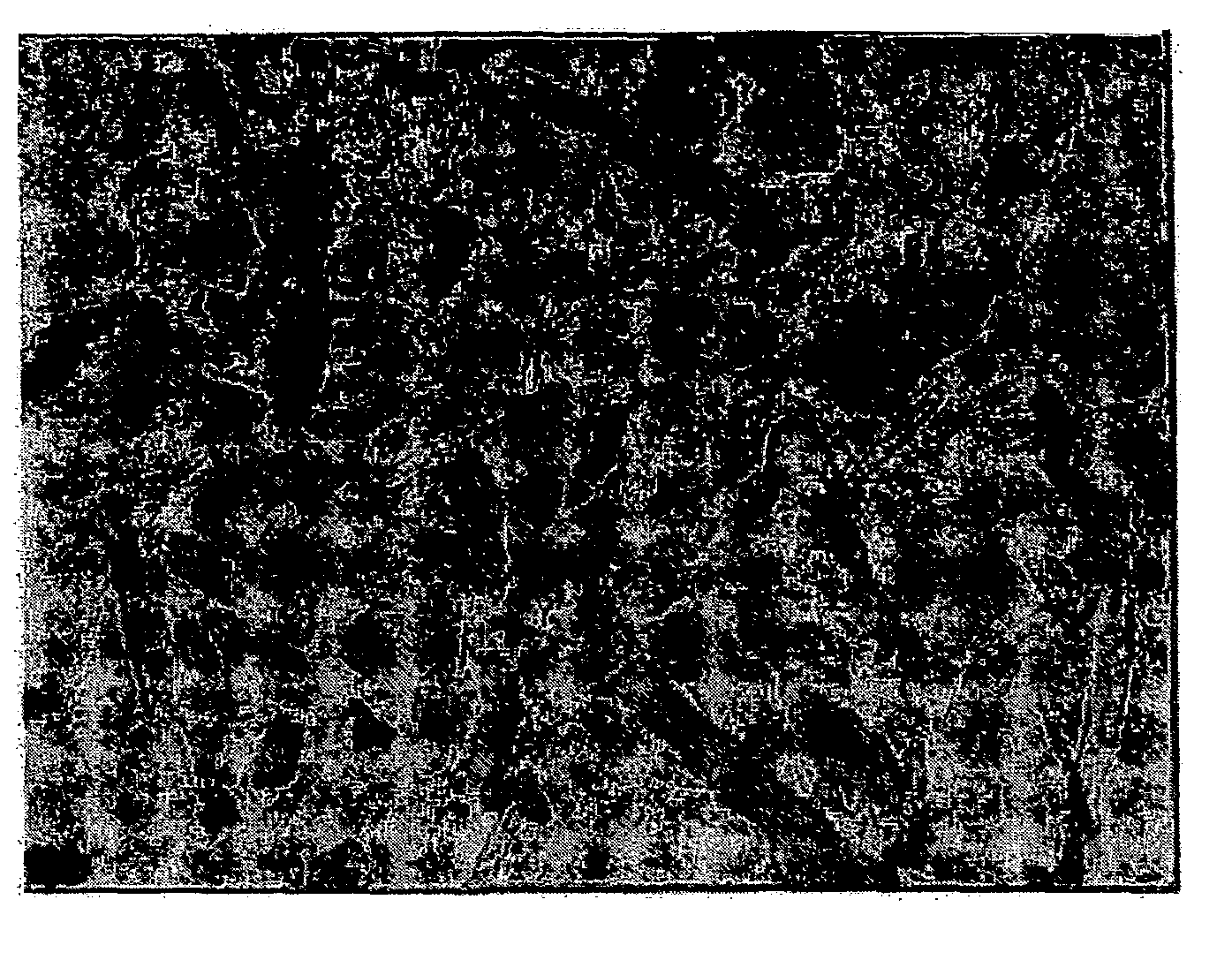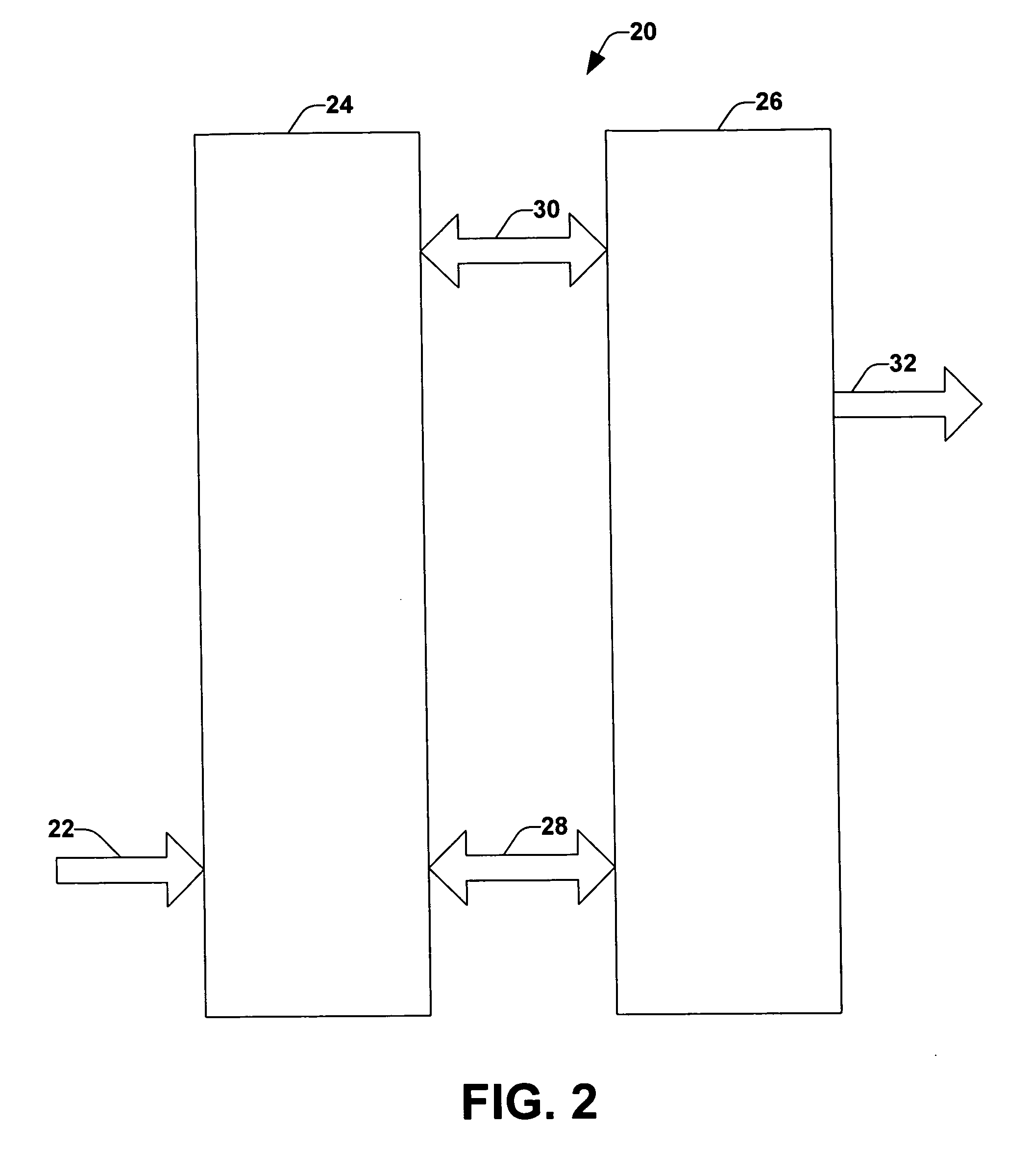Spherical catalyst for olefin polymerization
a technology of olefin polymerization and catalyst, which is applied in the field of olefin polymerization catalyst systems, can solve the problems of low flow properties of copolymers, aspherical catalyst particles, and difficult control of catalyst morphology, and achieve the effect of large particle siz
- Summary
- Abstract
- Description
- Claims
- Application Information
AI Technical Summary
Benefits of technology
Problems solved by technology
Method used
Image
Examples
example 1
[0147]12 g Magnesium chloride is dissolved in 49.35 g 2-ethylhexanol and 120 ml heptane at 120° C. for 1.5 hours. The solution is cooled down to 60° C. and 15.58 ml dibutyl ether is added and held for 15 minutes. The solution is cooled down to room temperature, and 29 ml mixture of VISCOPLEX® 1-254 surfactant and heptane (volume ratio of VISCOPLEX® 1-254 to heptane is 1:3) is added. Then 5.8 ml TEOS and 20 ml heptane are added. The solution is cooled down to −25° C. and 150 ml TiCl4 is added over 1.5 hours. Then the reactor is warmed up to 50° C. and held for 30 minutes. After that the reactor temperature is raised to 90° C. and held for 30 minutes. Then the mother liquid is filtered, and washed with 200 ml toluene at 90° C. for 10 minutes for 3 times. The catalyst support is collected for Malvern particle sizing and microscopic imaging. A digital image of a microscopic view (at 125× magnification) of the catalyst support of Example 1 is shown in FIG. 4.
example 2
[0149]Example 1 is repeated but 18.6 ml of diisoamyl ether is added instead of the dibutyl ether. A digital image of a microscopic view (at 125× magnification) of the catalyst support of Example 2 is shown in FIG. 6.
[0150]The catalyst supports of Examples 1 and 2 and Comparative Example 1 are further described in Table 1. D50 refers to an average diameter of particles on a 50% by volume basis as determined by a Malvern Instrument.
[0151]
TABLE 1ExampleD50 (μm)Morphology131spherical248sphericalComp 140needle
[0152]Example 3 and 4 and Comparative Example 2
[0153]The three catalyst supports described above are used to form catalysts and polymerize polypropylene (Examples 1 and 2 and Comparative Example 1 are used in Examples 3 and 4 and Comparative Example 2, respectively). 150 ml TiCl4 and 200 ml toluene are added to the support made above at room temperature and heated to 85° C. Then 5 ml of di-n-butyl phthalate (DNBP) is added and kept for 85° C. for 1 hour. 45.7 g TiCl4 and 206.8 g tol...
example 5
[0157]The support synthesis procedure is the same as Example 2 except 5 ml DNBP is added at room temperature just before TiCl4 addition. 45.7 g TiCl4 and 206.8 g toluene are used to activate the intermediate four times, 105° C. for 1 hour for the first activation and 110° C. for 30 minutes in the subsequent three activations. The final catalyst is washed with hexane four times before drying under nitrogen.
PUM
| Property | Measurement | Unit |
|---|---|---|
| diameter | aaaaa | aaaaa |
| diameter | aaaaa | aaaaa |
| temperature | aaaaa | aaaaa |
Abstract
Description
Claims
Application Information
 Login to View More
Login to View More - R&D
- Intellectual Property
- Life Sciences
- Materials
- Tech Scout
- Unparalleled Data Quality
- Higher Quality Content
- 60% Fewer Hallucinations
Browse by: Latest US Patents, China's latest patents, Technical Efficacy Thesaurus, Application Domain, Technology Topic, Popular Technical Reports.
© 2025 PatSnap. All rights reserved.Legal|Privacy policy|Modern Slavery Act Transparency Statement|Sitemap|About US| Contact US: help@patsnap.com



